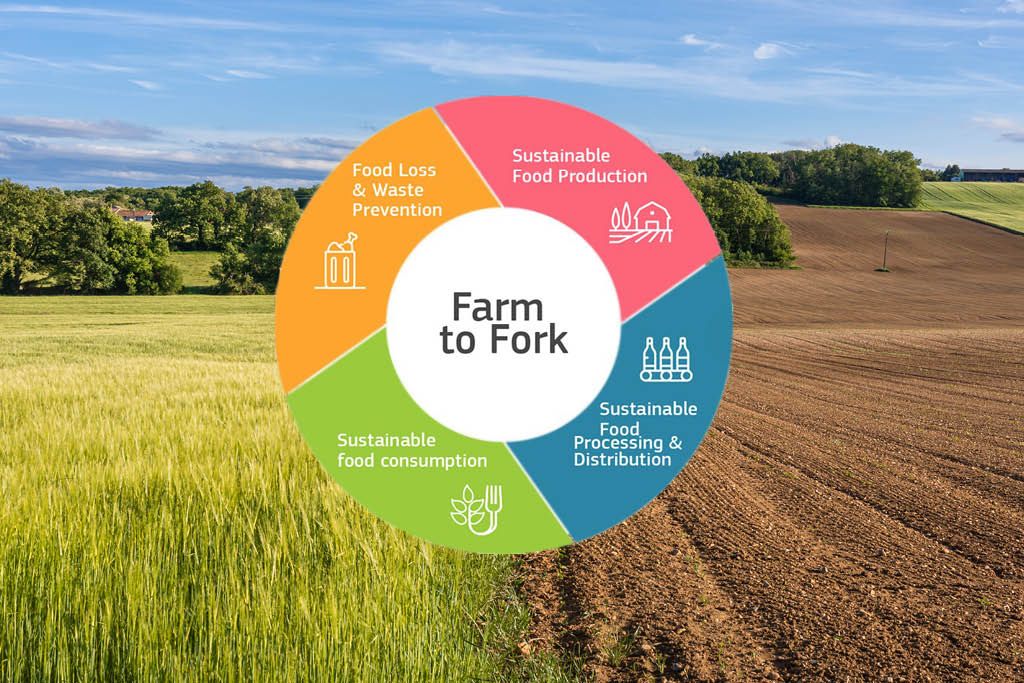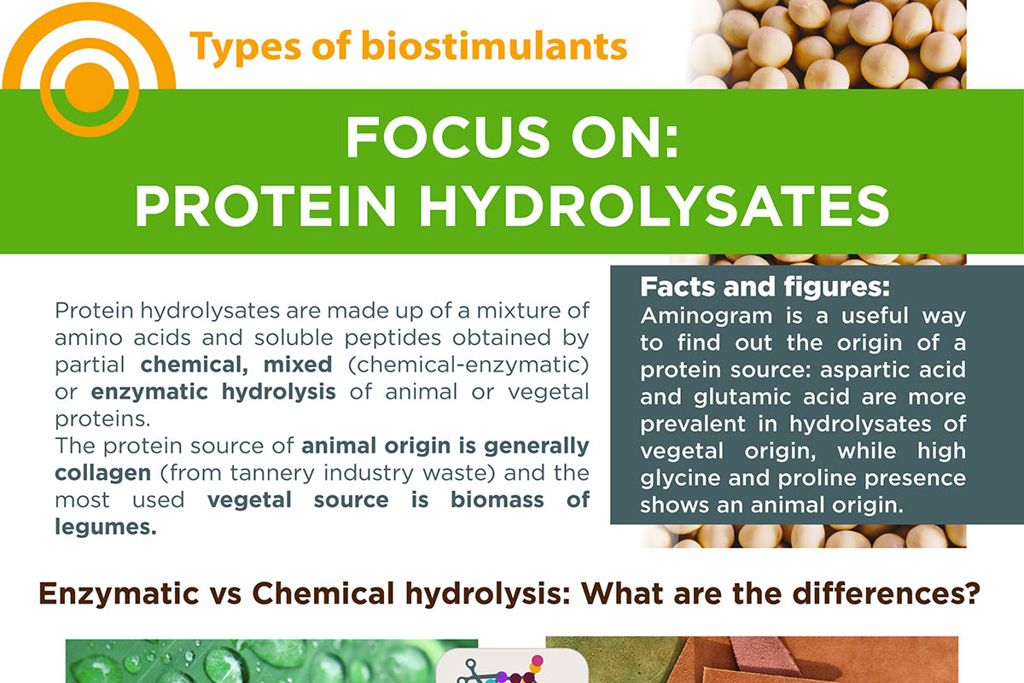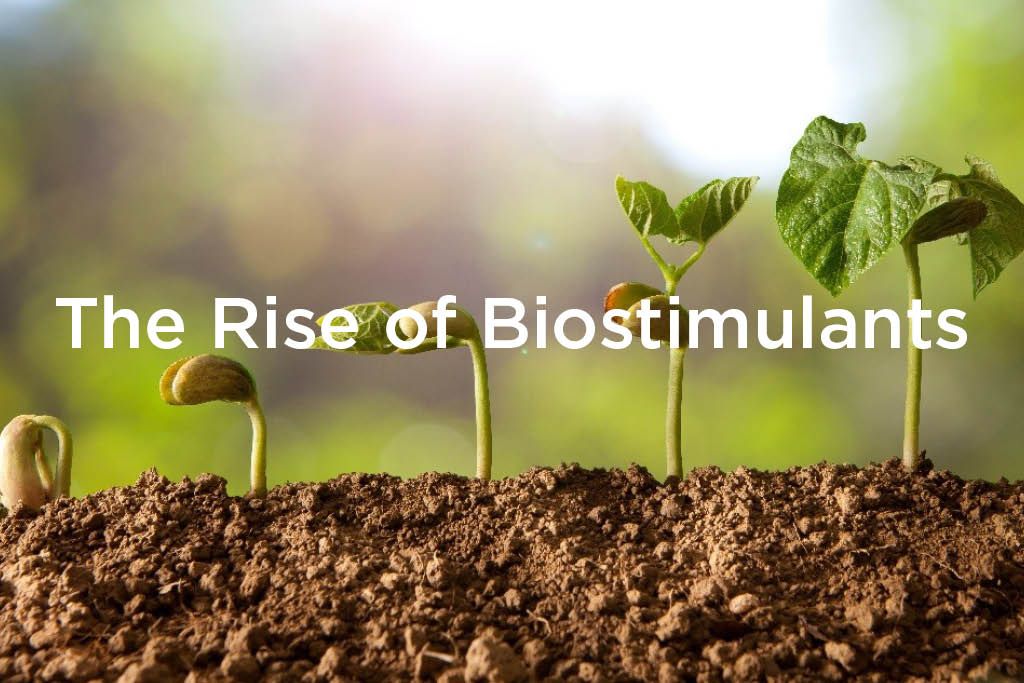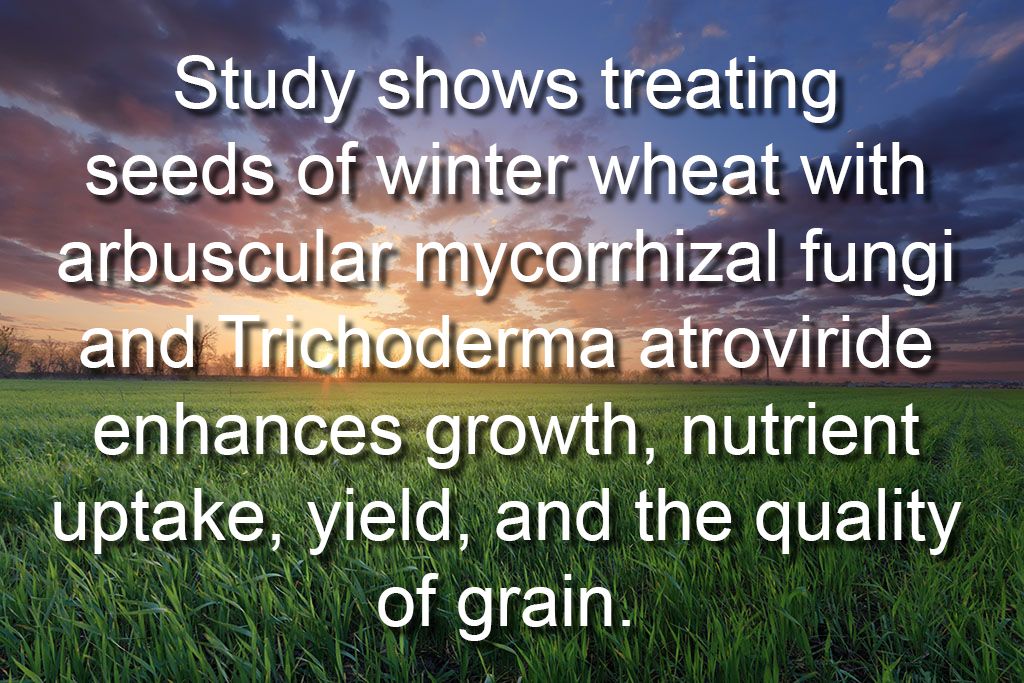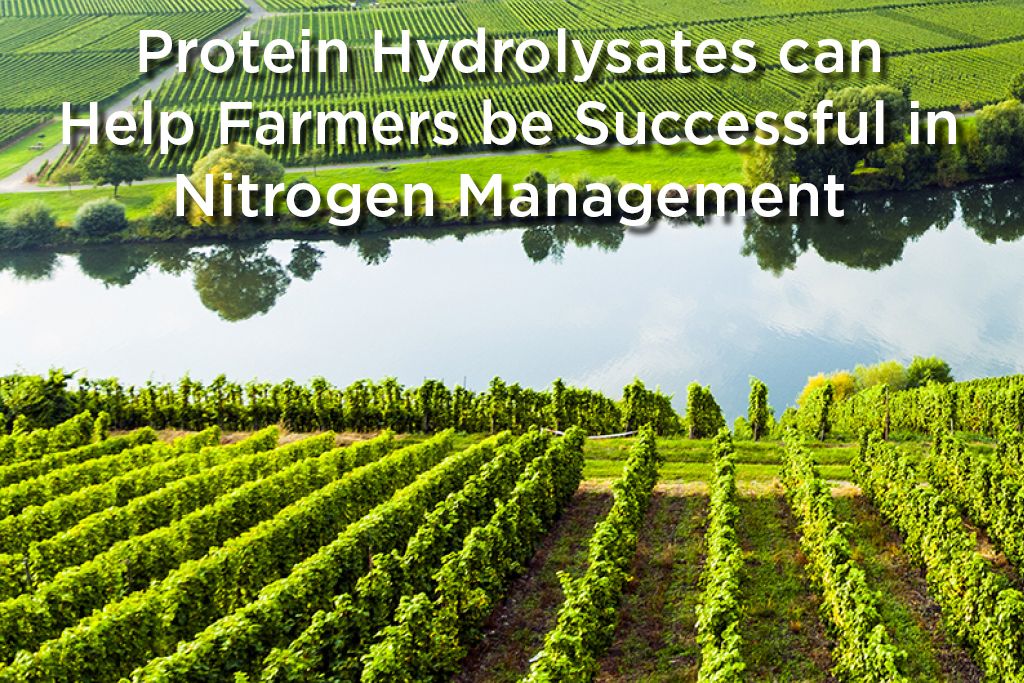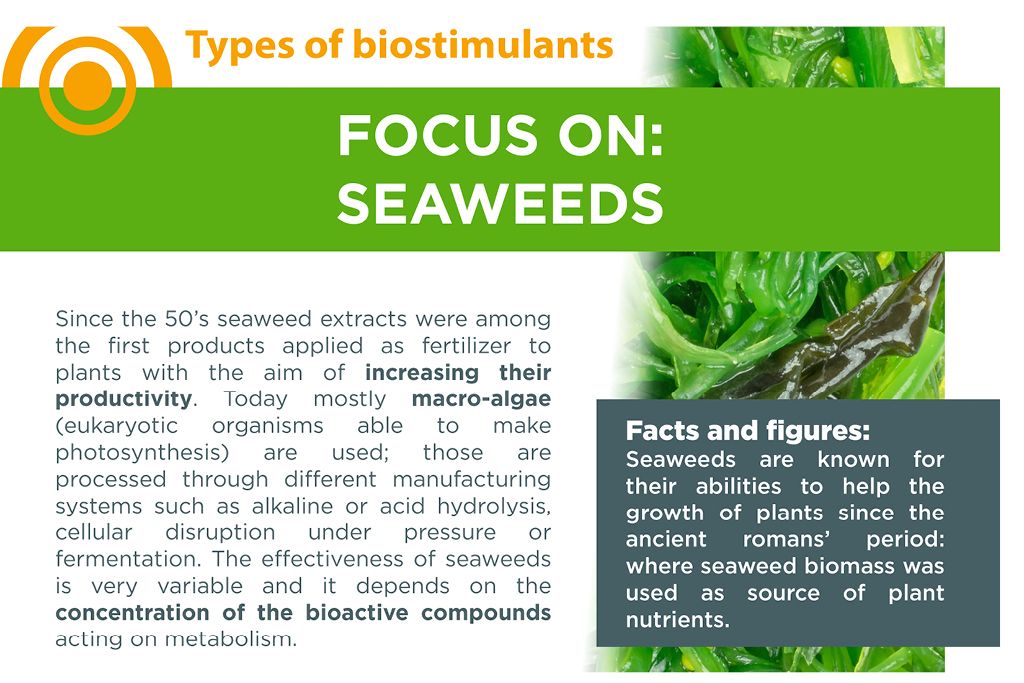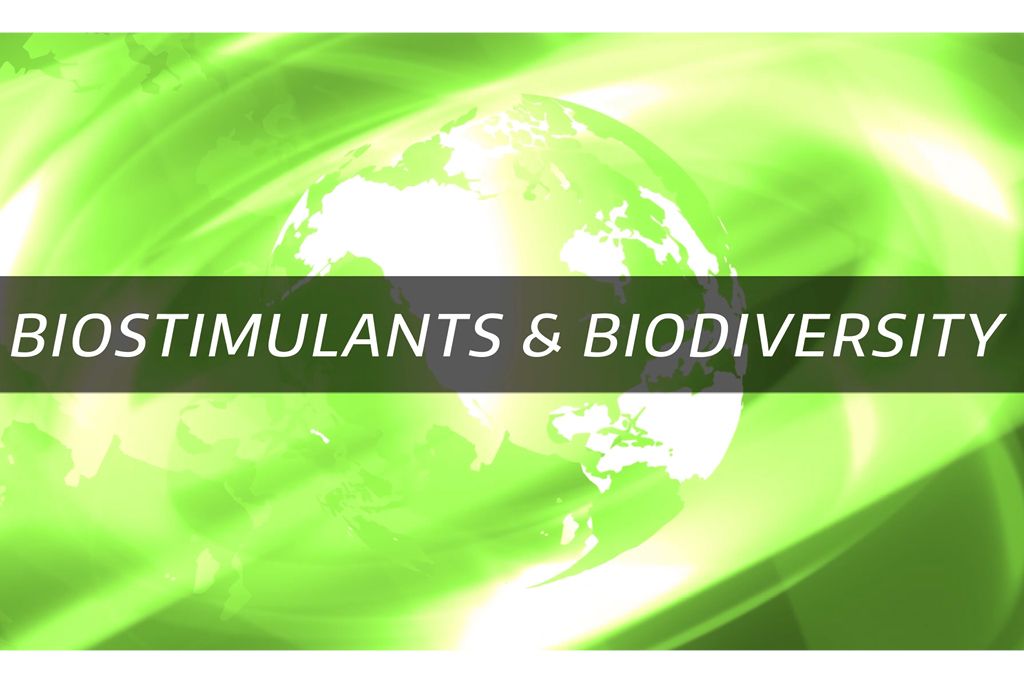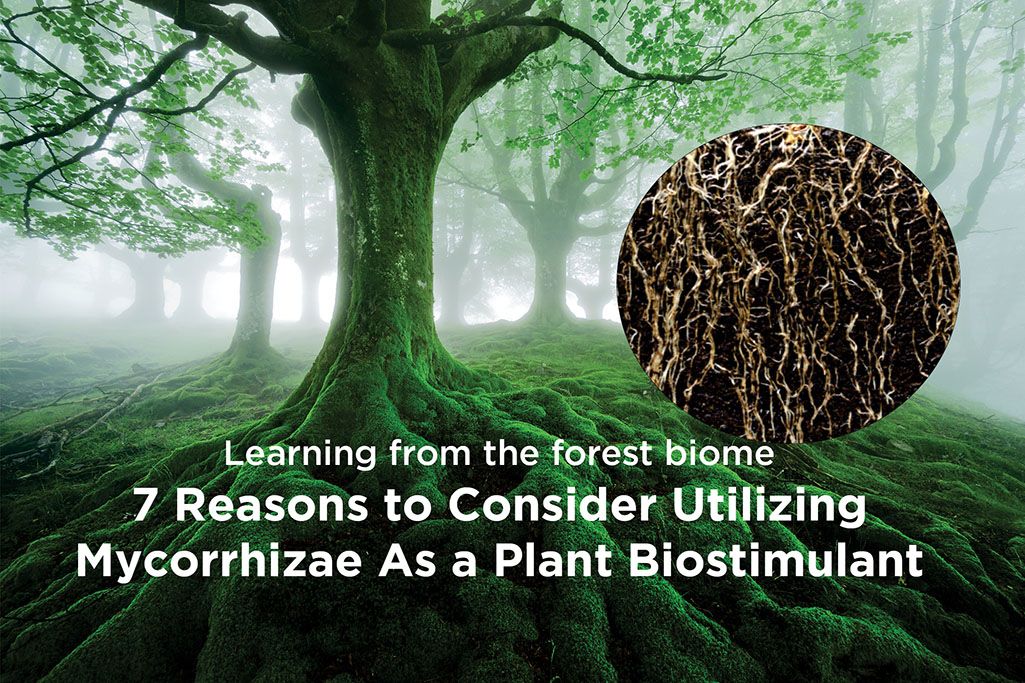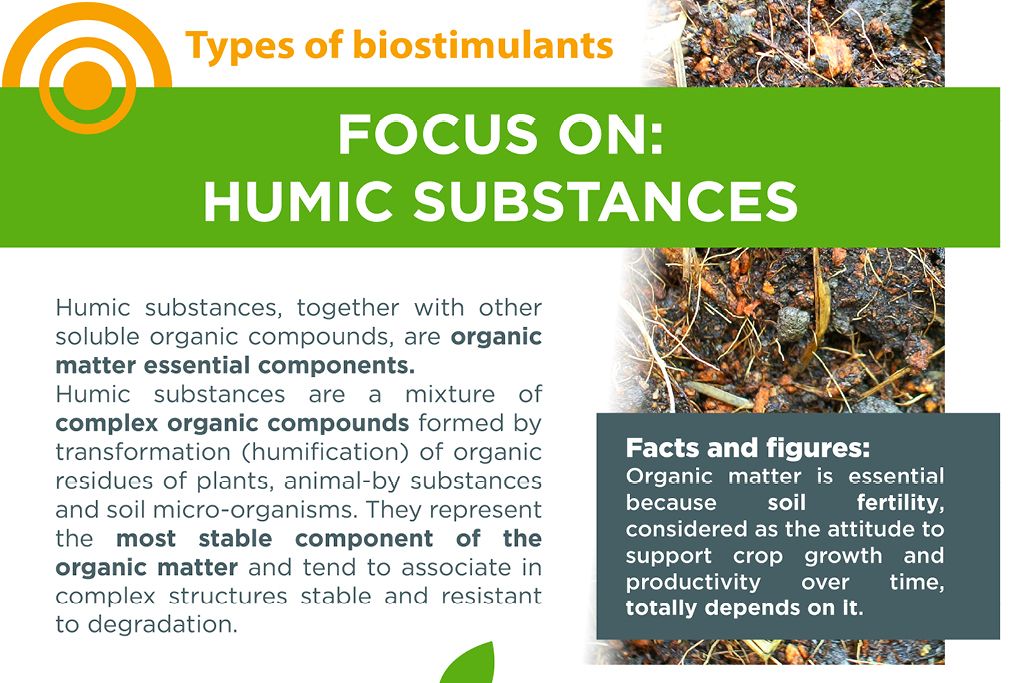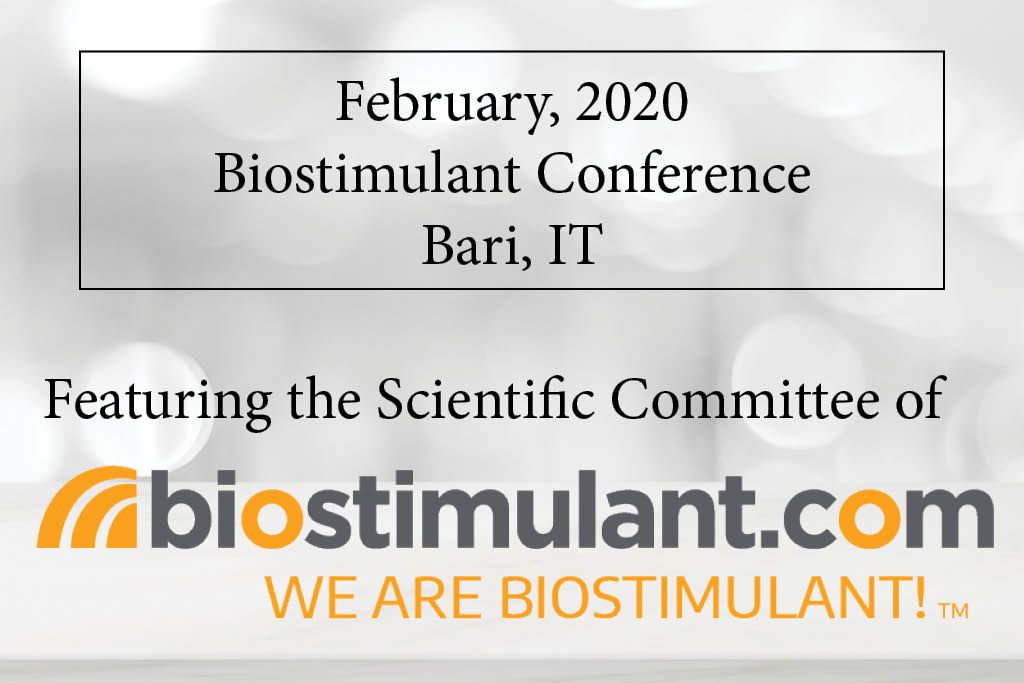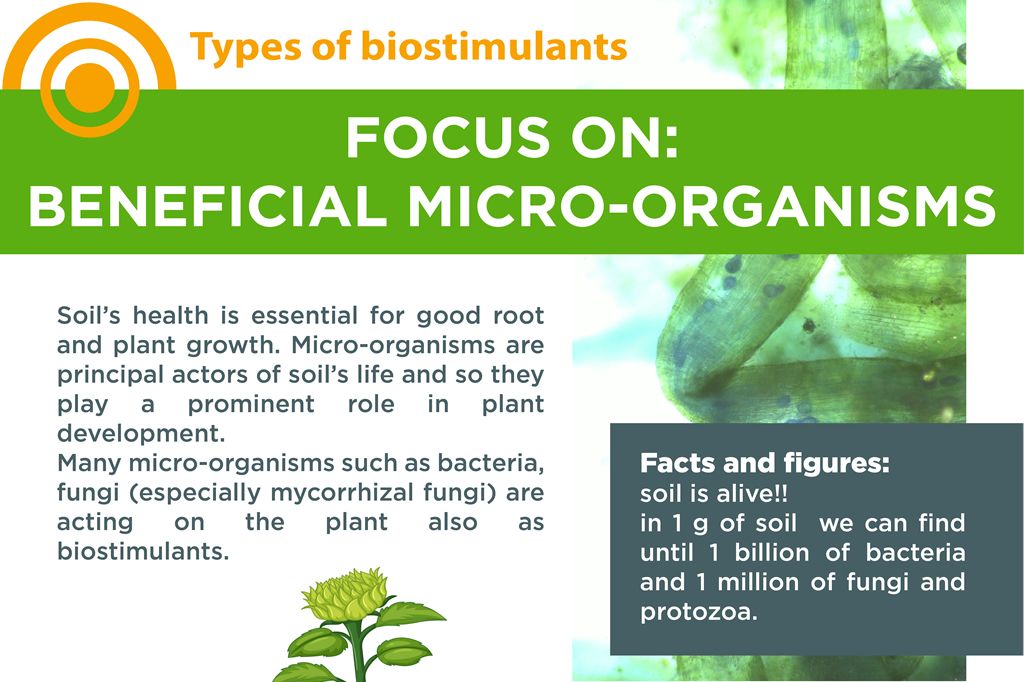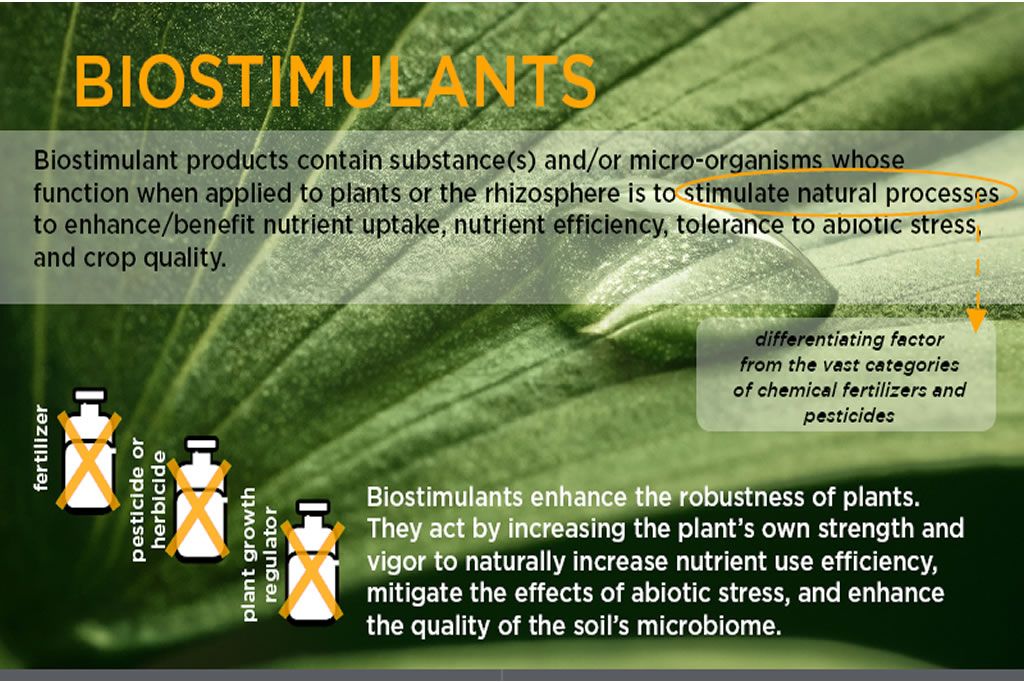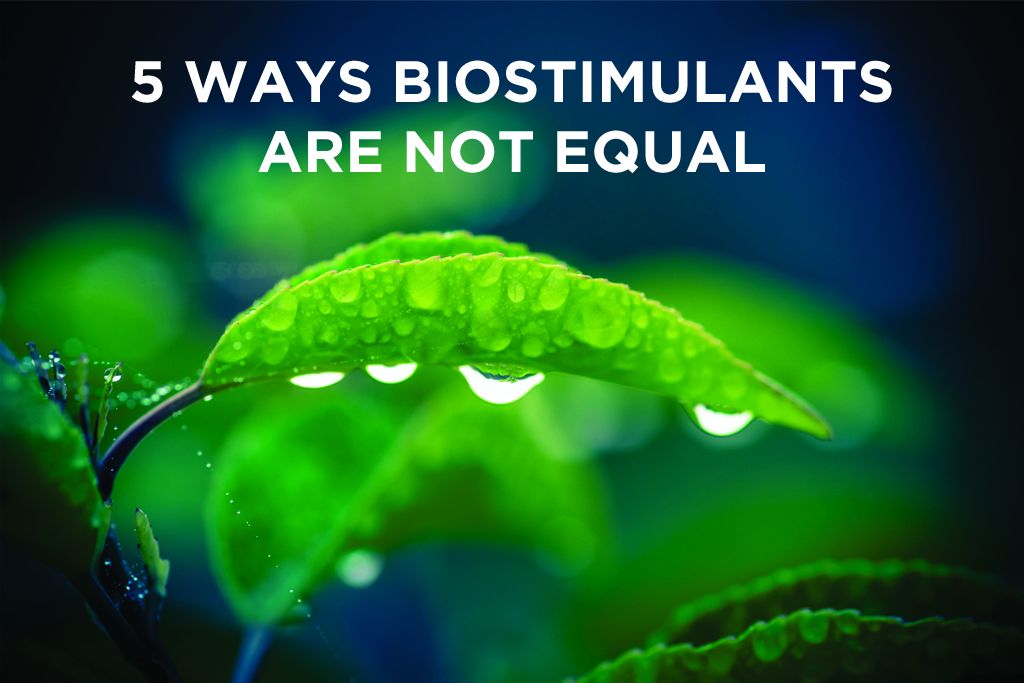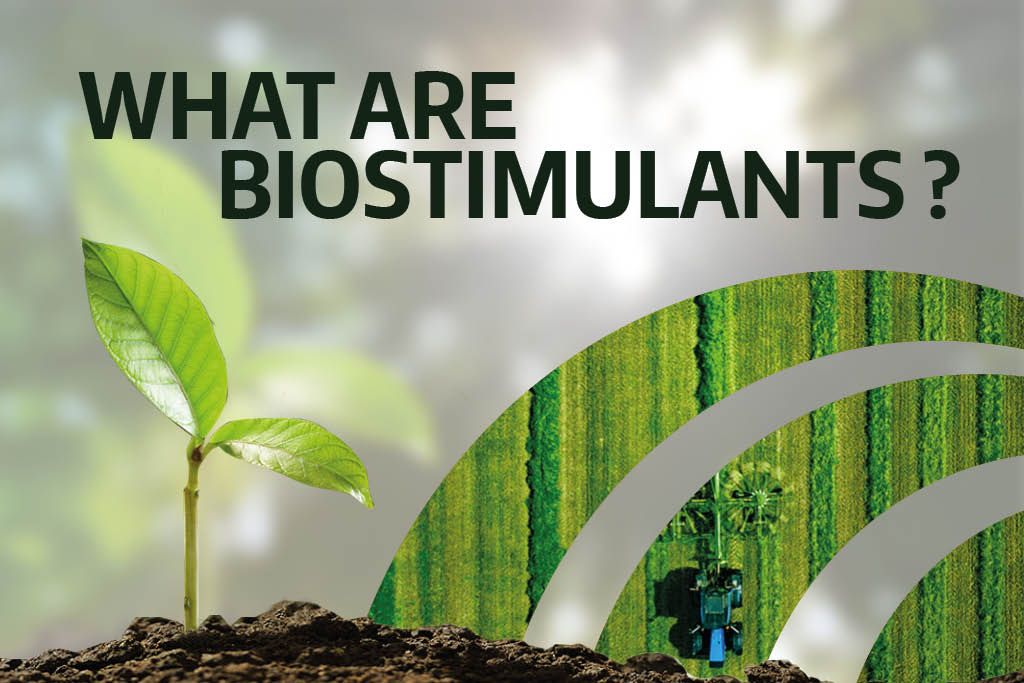BLOG #27
BIOSTIMULANTS WORLD CONGRESS 2021: DEDICATED TO LEAD THE WAY IN BIOSTIMULANTS SCIENCE
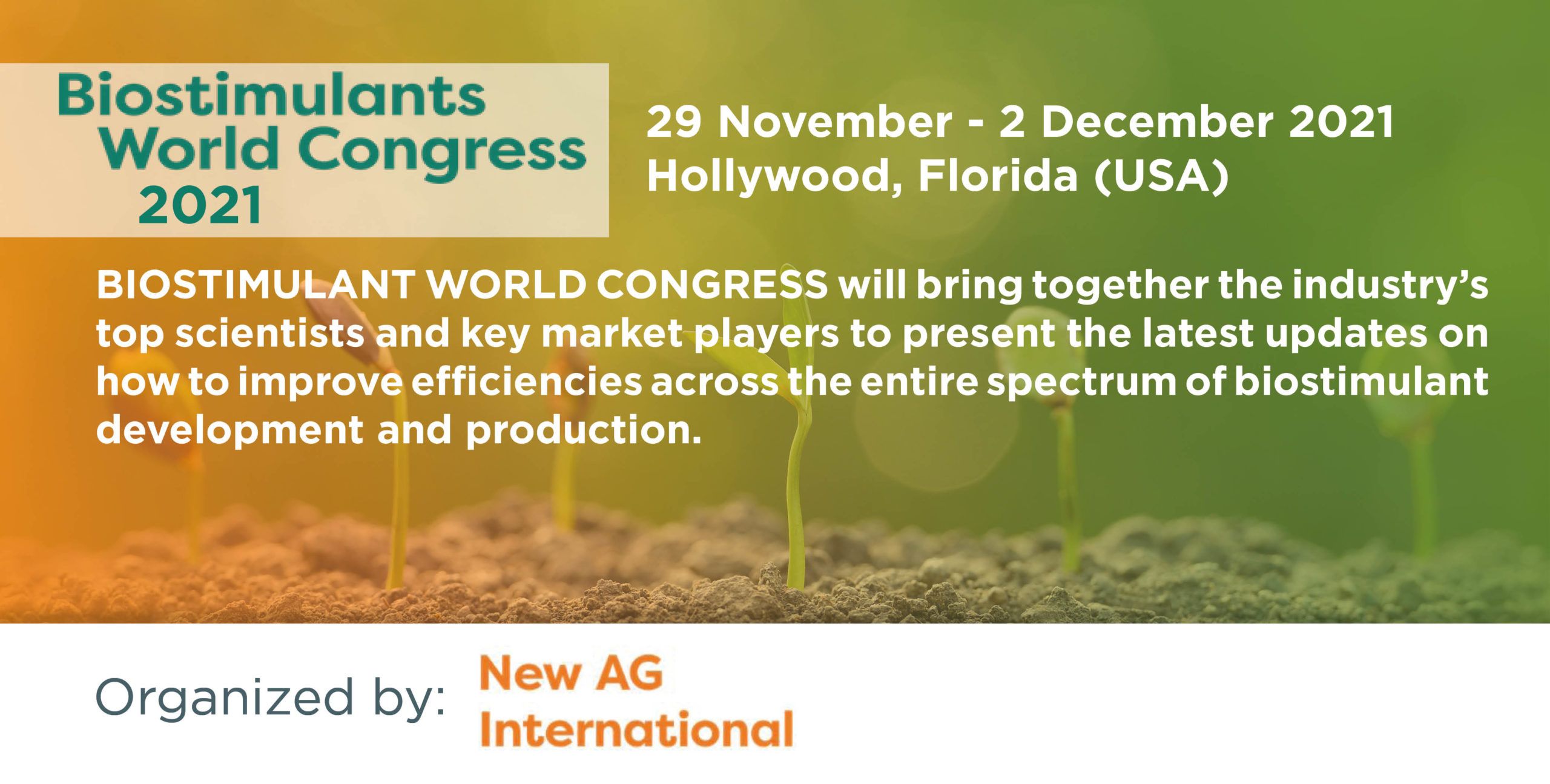
To best meet the needs of both travelling and stay-at-home audiences, the Biostimulants World Congress 2021 was held as a hybrid event, combining a live experience at the Diplomat Beach Resort Hollywood in Florida (29 Nov-2 Dec) and digital experiences (6-7 Dec) that showcased all the contents from the live event with additional keynotes, panel discussions and a meeting scheduled to be fully inclusive to those unable to attend in person.
Despite the current difficulties with travel, the Event attracted more than 770 delegates to Florida (USA). Both live and digital attendees joined the digital event, attracting more than 900 delegates in total and more than 50 speakers participated making the congress the world’s leading scientific forum for biostimulants.
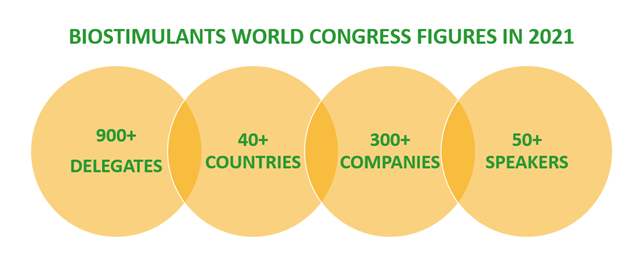
The topic of the Congress was “Lead the way in Biostimulants science”, with the aim of connecting renowned scientists and industry leaders to propel biostimulant research to the next level, sharing influential research and field trial results.
The fifth Congress was also an opportunity to take stock of the current situation in the sector and to outline future trends, as well as the challenges and opportunities that involve agriculture and therefore also the biostimulants sector.
OVERVIEW OF THE SECTOR AND CURRENT SITUATION
The Biostimulant World Congress started in 2012, the first edition of the Congress titled “The use of Biostimulants in Agriculture” was held in Strasbourg (France) when some Ag chemical companies needed to bring science into the world of biostimulants. From 2012, a lot has happened and the biostimulants sector has grown and evolved from a scientific, but also a legislation standpoint. A milestone was reached in June 2019, when the EU Regulation 2019/1009 for the first time provided a framework for plant biostimulants by assigning them a definition linked to their functions and by integrating them in the “Fertilizer products and Growing medium” category. It is the same framework that US will adopt, although negotiations are still ongoing.
The sector is currently going towards a great commercial growth backed up by solid and rigorous scientific research. The tremendous market growth is one of the reasons why the interest from industries, including agro-multinationals, is growing every day. The total biostimulant market is estimated to account 3.86 billion of USD in 2021. The total biostimulant market, but also the microbial and non-microbial segment they are all growing more than 12-14% CAGR (Compound Annual Growth Rate).
FUTURE TRENDS
There are two main categories of plant biostimulants: microbial and non-microbial plant biostimulants.
Microbials will continue to be the fastest growing segment in the coming years and one of the most promising research trends appears to be the nitrogen-fixing microbials for non-legumes crops, which is relevant for increasing crop performances with low inputs of fertilizers. In fact, growers are increasingly interested in solutions that can consent to reduce the use of synthetic fertilizers and at the same time preserve or restore soil health. Also in this segment, one of the most important discoveries concerns the microbiome, which clearly offers a lot of opportunities, since microbial partners are profoundly involved in plant performance.
On the other hand, for non-microbial plant biostimulants, the key driver for the future will be market access based on products with good and solid R&D and science foundation. This will clearly require investments and innovations by industries which must develop safe and effective products.
CHALLENGES AND OPPORTUNITIES: A COMPLEX AND PROMISING SCENARIO
The reasons why plant biostimulants are a critical element for future farming are multifold, one of these is the nutrient use efficiency issue, a global problem which enhance demands of sustainable commodity products with low environmental footprint. Each challenge is countered by an opportunity, which in this case for plant biostimulants is to play a role in sustainability and green economy.
Another huge challenge humankind is facing is climate change and it has been proven that biostimulants play an essential role in climatic stress management. Biostimulants can mitigate the detrimental effect linked to the impact of non-living factors, allowing to achieve higher yield. However, the challenge is more complex, because stresses are a very variable aspects and it is essential to know how a stress appear in the field to manage it. In addition to seasonal variability in environment, spatial variability in environment across the field is another supreme constraint. It’s critical to understand for each crop when the stress is relevant and have the major impact on crop performance. In fact, cropping systems are diverse, not just because plants have different biology but also, because they have different agronomy and therefore demand targeted solutions.
Variability and complexity in the crop and environment cause variability in response in field trials and for this reason is important to continue to study and test plant biostimulants and identify the factors of positive results to make the product perform in the right way and ensure the effect for growers.
Finally, there is also the opportunity to learn from nature, and switch to a more integrated holistic vision of the agricultural system. Collect knowledge and information about the status of the field to analyze and derive the right biostimulant application, at the right time by leveraging modern technologies and precision agriculture. In this area, research still has a lot of work to do to offer truly usable solutions to farmers.
The 5th Biostimulants World Congress recorded great interest and high participation, confirming the growing interest of industry and scientific community for this promising product category. The biostimulants market continues to grow and there are many future trends in the sector, as well as challenges and opportunities, involving the two main categories of biostimulants, microbial and non-microbial. Finally, the use of plant biostimulants depends on numerous variable factors and requires a multidisciplinary approach and a more integrated holistic view of the agricultural system.
The next Biostimulant World Congress will be held in Portugal in 2023.


